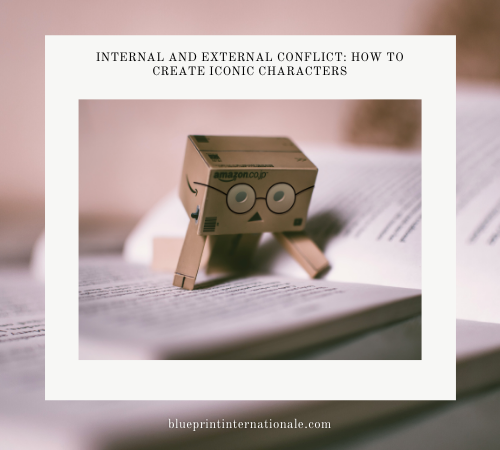How do you maintain the reader’s attention till the very end? A great narrative is propelled by good conflict. It is a massive hit among readers—the greater the conflict, the greater the story.
Conflict is an essential component of every excellent narrative. Without a conflict between opposing forces, your protagonist will remain unchanged and will easily accomplish their objective. It doesn’t seem like a fascinating narrative.
Internal Conflict
It refers to the battle that takes place inside a character’s head. Things like the character’s view but are unable to achieve. In contrast to external conflict, which involves a character dealing with an external force, such as wars, a chain is falling off a bike or being unable to pass a barrier. Internal conflict is indicated by a character’s reluctance or self-posing inquiries and may also influence decision-making.
A character’s emotional, spiritual, or mental struggle makes them sympathetic to the target audience (readers). If your characters lack authenticity, they may be lacking in basic human emotions.
When the going gets tough or rough, how does your character respond internally?
Memorable character arcs are the consequences of significant inner transformation.
Examples
- Hunger Games by Suzanne Collins
- The Road Not Taken by Robert Frost
Triggers of Internal Conflict
- Desire- It is what the protagonist wants.
- Duty- It is a duty that the character believes is appropriate or required.
- Expectation- It is anything a character feels compelled to perform as a result of another’s actions.
- Fear- It is an intense concern that motivates the character.
- Need- It is anything necessary for the character’s existence.
External Conflict
It is a disagreement, hostility, or struggle between a character and an external power. It propels a plot’s action onward. The character is engaged in an external battle with another character, the environment, or society.
Internal and external conflicts are not mutually exclusive, and they often occur together.
Utilizing Internal and External Conflict in Developing Characters
- What does my character want or need?
The stakes must be sufficiently high to sustain a whole book. - What or who is obstructing the character?
At every opportunity, confront them, eliminating all sources of comfort and support. Submerge them in the most heinous peril imaginable.
Resist the urge to provide your character with everything they need. Indeed, writers and authors should do the opposite as writers. Take away your hero’s home, source of money, and even his significant other. It supplements the dramatic nature of the character’s journey. - Which personal faults manifest themselves to prevent them from achieving their objectives?
Readers may connect or empathize with imperfect characters. Each internal or external challenge develops new capabilities that eventually transform them. - What internal conflicts are impeding them from achieving their ultimate goals?
- How will they become heroic and achieve their objectives?
Resist the need to describe your character’s evolution. Readers should be able to infer this from what you show them in the narrative. Your character must take the initiative and exercise those newly acquired muscles to become a hero.
Their transformation must occur as a consequence of their action- by accomplishing something. If you do this correctly, readers will remember your tale for the rest of their lives.
Finding the right company that offers quality and affordable book marketing and publishing services is easy with Blueprint Press Internationale. Pick up your phone and dial (888) 617-8289 to know more. You can also go to blueprintinternationale.com for more details.




